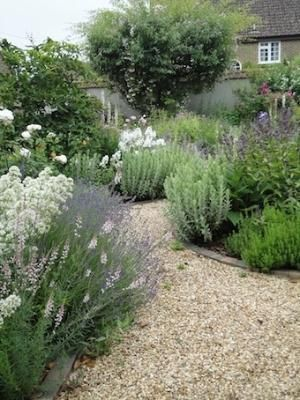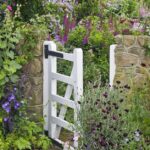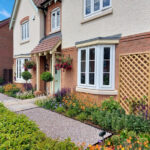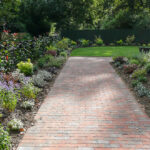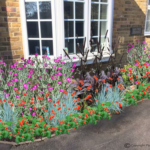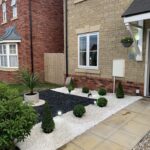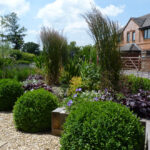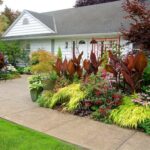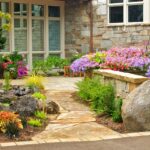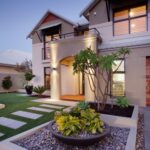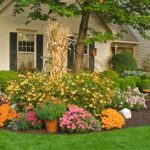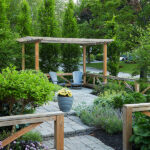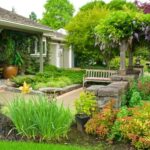Front gardens are often the first impression visitors have of a home, making their design an important aspect of overall curb appeal. A well-designed front garden can enhance the beauty of a property and create a welcoming entrance for guests. There are many elements to consider when designing a front garden, from the layout and landscaping to the types of plants and flowers chosen.
One important consideration in front garden design is the layout and structure of the space. The layout should complement the architecture of the home and make the most of the available space. Paths, patios, and seating areas can be incorporated to create a functional and visually appealing design. Additionally, adding focal points such as statues, water features, or decorative planters can draw the eye and add interest to the space.
Landscaping plays a crucial role in front garden design, as it can greatly impact the overall look and feel of the space. Choosing the right plants and flowers can help enhance the style of the home and create a cohesive design. Consider the color scheme, texture, and height of different plants to create a harmonious and balanced garden. Incorporating a mix of evergreen and seasonal plants can ensure year-round interest and keep the garden looking its best in all seasons.
When selecting plants for a front garden, it’s important to consider factors such as sunlight exposure, soil quality, and maintenance requirements. Choose plants that are well-suited to the conditions of the site and that will thrive in the local climate. Incorporating a variety of plants with different blooming times can help ensure the garden has color and interest throughout the year. Native plants and drought-tolerant species are also great options for front gardens, as they require less water and maintenance.
Incorporating hardscaping elements into a front garden design can help create structure and define different areas of the space. Paths, walls, fences, and gates can be used to create boundaries and guide visitors through the garden. Additionally, hardscaping materials such as stone, brick, or wood can be used to add texture and visual interest to the space. Consider incorporating seating areas or outdoor lighting to enhance the functionality and ambiance of the front garden.
Overall, front garden design is a key element in creating a welcoming and attractive entrance to a home. By carefully considering the layout, landscaping, plant selection, and hardscaping elements, homeowners can create a beautiful front garden that enhances the overall curb appeal of their property. With the right design choices and a bit of creativity, a front garden can become a stunning focal point that sets the tone for the entire property.
